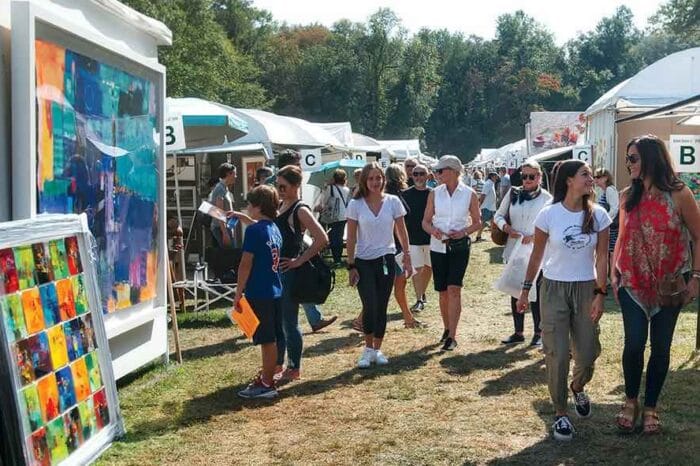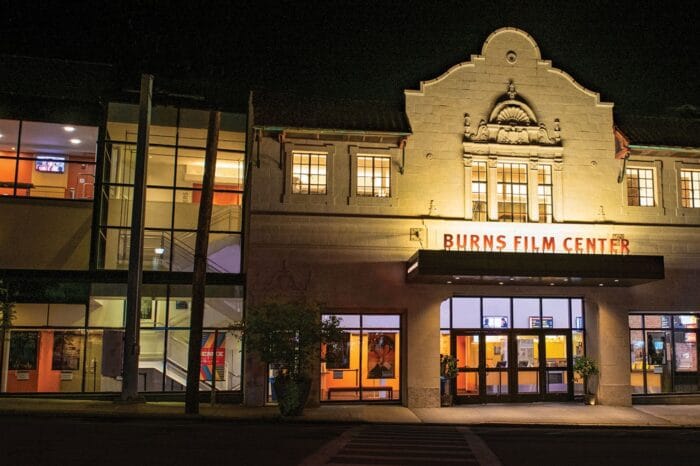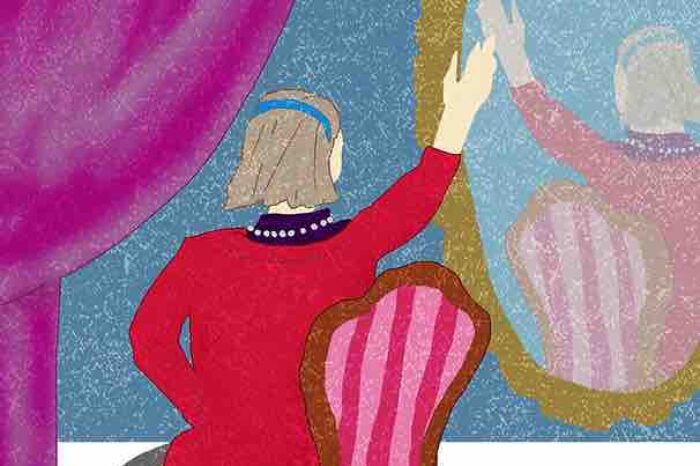Tree Care with Ken Almstead: Reasons for pruning

Tree Care with Ken Almstead: Reasons for pruning: Some people feel that every one of their trees is a trophy and each branch a sacramental act of nature. To remove one would be interfering with nature’s grand design. They would never prune a tree. Others can’t wait to get out the shears and start chopping. To them, nature is random and subject to their interpretation to achieve perfection. Most people are somewhere in between. Maybe you have heard that pruning is good for trees but wouldn’t know where to get started.
We sat down with arborist and CEO of Almstead Tree, Shrub and Lawn Care, Ken Almstead to get the skinny on tree care. He told us, “The most common reasons for pruning ornamental and shade trees include promoting healthy growth, correcting structural defects or improving aesthetics. As every alteration made to a tree has the potential to impact its growth, it is important that pruning typically be done for only the following reasons”:
Pruning for Structure
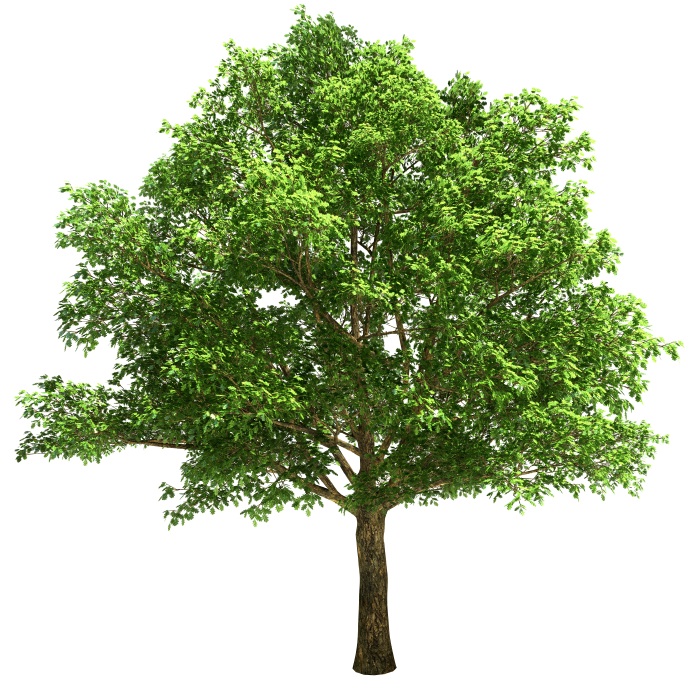 Several structural elements of a tree such as the spacing, growth rate, strength of attachment and ultimate size of branches and stems are improved through the removal of live branches and stems. This type of pruning is most common in young and medium sized trees as it reduces the risk of tree failure through the promotion of structurally sound trunk and branch architecture.
Several structural elements of a tree such as the spacing, growth rate, strength of attachment and ultimate size of branches and stems are improved through the removal of live branches and stems. This type of pruning is most common in young and medium sized trees as it reduces the risk of tree failure through the promotion of structurally sound trunk and branch architecture.
Pruning to Clean
A tree’s canopy is cleaned through the removal of crowded, weakly attached, dead, cracked or broken branches and low-vigor branches. Cleaning is the preferred type of pruning in mature trees as it maintains their health by not removing live branches unnecessarily.
Pruning to Thin
A selective number of small live branches are removed in order to reduce crown density and allow for better light filtration and air movement throughout the crown of a tree. It can also reduce the weight of heavy limbs and helps retain the tree’s natural shape. Thinning is ideal when a lawn, ground covers or shrubs underneath a tree need to receive more sunlight or airflow.
Pruning to Raise
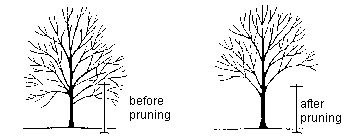
(Image – International Society of Arboriculture)
Vertical clearance over structures including buildings, signs and vehicular or pedestrian pathways can be created through the selective removal of the lowest branches. This encourages the middle and top branches of a tree to grow, thereby raising its entire canopy.
Pruning to Reduce
The height or spread of a tree is reduced to provide clearance from objects, such as buildings and utility lines, by reducing or removing limbs on that side of the tree. By only pruning back the leading branches, the structural integrity and form of the tree can be maintained during reduction.
Prune to Restore
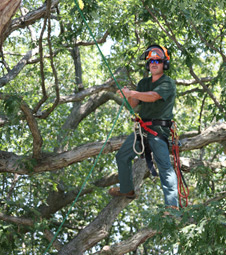 Trees that have been severely headed, vandalized, broken in a storm or otherwise severely damaged can be selectively pruned to improve structure, form and appearance.
Trees that have been severely headed, vandalized, broken in a storm or otherwise severely damaged can be selectively pruned to improve structure, form and appearance.
Vista Pruning
Although natural specie characteristics are always taken into account, trees and shrubs may be pruned in various ways to achieve a special effect or look to your landscape. For instance, clearing select live branches at the edge of the crown to reveal a view of a lake, river or a garden can be performed without the need to cause irreparable damage to a tree or even worse, remove it completely.
Almstead Tree, Shrub and Lawn Care is a family owned business that provides arbor care, plant health care, lawn care, organic care, consulting, planting and mulch services for commercial and residential clients serving Westchester, Fairfield and Bergen and Passaic counties. Family owned for fifty-one years, they operate four branch offices including one in Hawthorne. (Almstead Tree, Shrub and Lawn Care, 15 Broadway, Hawthorne, 914.741.1510; www.almstead.com)
More Landscaping Tips from Ken Almstead here and here.
More Home & Garden More Spring Survival Sign up for the What To Do: Weekend email newsletter


